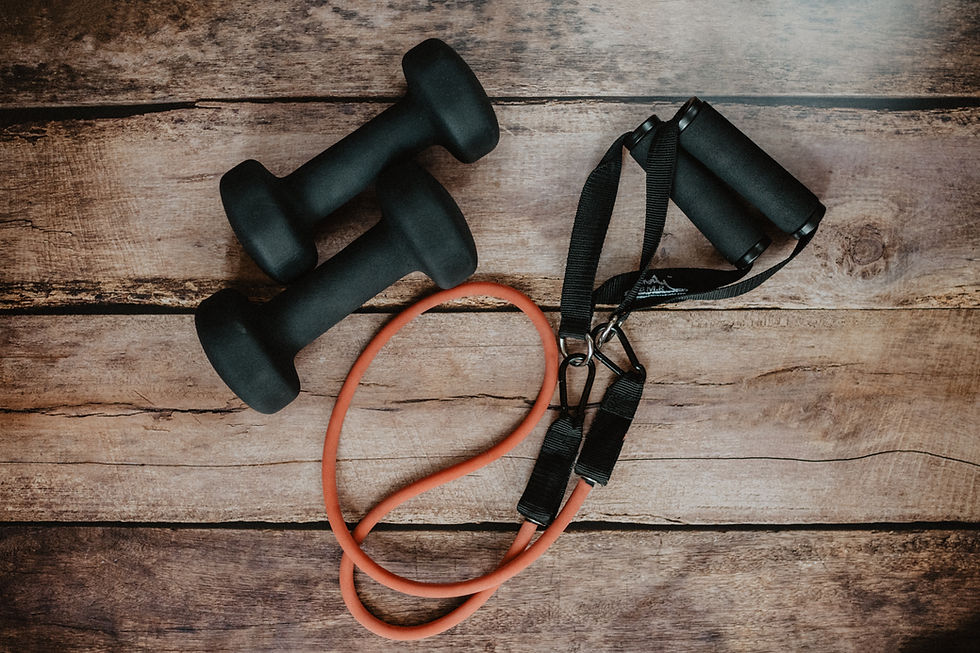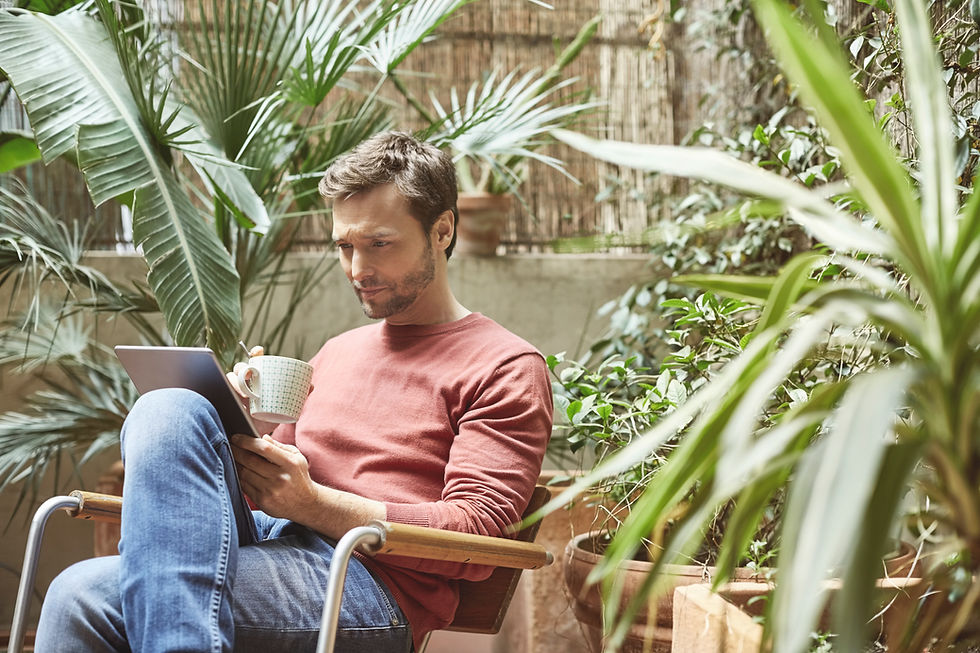This guide is a comprehensive approach to applying modern environmental psychology to improve the built environment at work. These adjustments can incrementally improve culture behavior and productivity.
The steps are presented in a linear, chronological fashion.
Step 1: Retail Proximity
Practical Tips:
If possible, lease space that is attached to or within walking distance (1km) of a retail establishment
If you aren't looking for a location, support local business and encourage your team to do the same
Share new establishments or hidden gems with people you know
Step 2: Green and Blue Proximity
Practical Tips
If possible, establish your workplace near green and blue spaces
Plan green and blue time into the daily schedule
Map out the surrounding area for green and blue space and encourage your team to use it regularly
If you cannot move, integrate greenery and plants into the space you have as much as possible
Step 3: Transition Spaces
Practical Tips
Conduct a space assessment around your workplace, do you have room that can be transformed?
Contact local municipalities to see if you can utilize the space off your property
Create a quasi-perimeter and inform your associates of the new space
Plan weekly activities out there: meet and greets, BBQs, announcements, board games
Step 4: Windows, Doors and Lighting
Practical Tips
East and west windows ensure natural light has optimal angles aligned with the sun’s trajectory
Involve staff before installing or removing doors, windows and lights
Install screens and covers on windows that you want to use to increase air flow or reduce air pollution
Try different window sizes and locations
Step 5: Nature Integration
Practical Tips
Assess your environments on all levels for pockets where nature could fit
Have nature sounds playing softly in the background – birds, running water, wind ruffling leaves
Start small with plants and flowers
Step 6: Recreation Spaces and Equipment
Practical Tips
Find out the hobbies of people
Communicate different recreation ideas with people
Implement free rooms for people to populate with what they need to realize enjoyment, maybe try adding in a Mental Health First Aid kit
Allow for work rooms to transform for recreation activities throughout the day
Considering a New Space?

Inquire about a tenant improvement allowance if you are leasing a new space. If there is a budget, invest it into greenery throughout your space or a recreation/ meditation room.

Ensure all windows in the potential new space are east and west facing.

Pick spaces within a 1 km or less proximity to green space and retail.

Look up the neighbourhood of a potential space on www.walkscore.com. Try to locate in a neighbourhood with a rating of 70 or higher.

Look for space that is attached to or on top of a retail establishment.
Want to Improve Your Existing Space?

Make sure all changes are influenced and informed by all employees impacted by them.

Add a walled-off stretch station. Bring in tensor bands and bosu balls with wall signs for quick workout and stretch routines.

Make rooms multi-functional wherever possible. For example, a conference room that converts to a meditation room.

Integrate blue, green, yellow and red colours in your wall colours, furniture and floors. These colours stimulate productivity, calmness, creativity and strength.

Replace non-transparent doors with glass doors. This will increase sound insulation, bring in natural light and increase internal communication.

Add a unique piece of art to every room of the space.

Add a transition space. If you are a freestanding building, do it out front or back. If you are part of an office space, use a designated parking space or ask for permission to use the office front courtyard. It could be as simple as four patio chairs and two small tables from IKEA.
![wwc-logo-transparent-png.png[80].png](https://static.wixstatic.com/media/6884e0_850f8b03110649f2892fc04639a82ea1~mv2.png/v1/fill/w_104,h_69,al_c,q_85,usm_0.66_1.00_0.01,enc_avif,quality_auto/wwc-logo-transparent-png_png%5B80%5D.png)
Comments